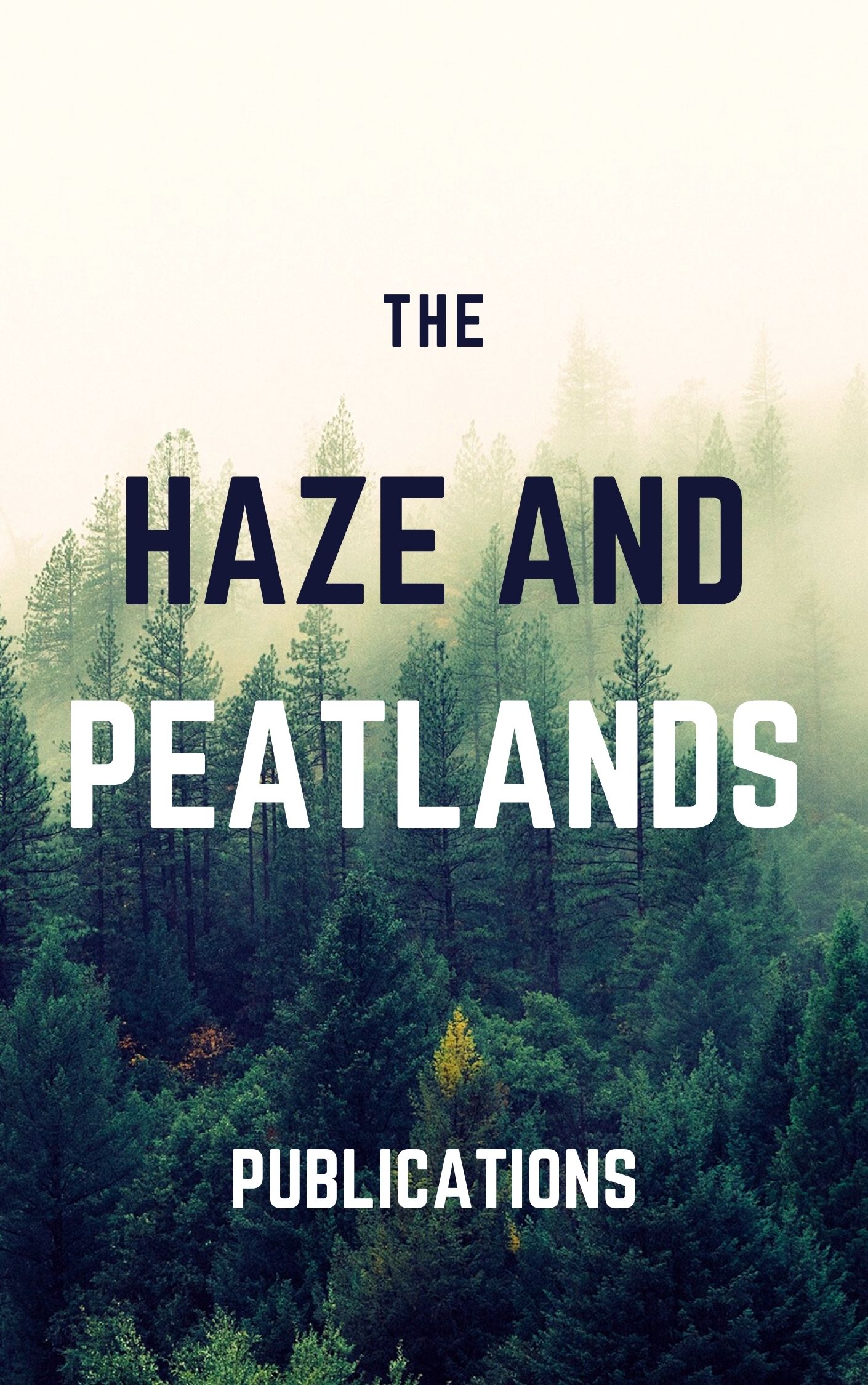In this study, we used fire count datasets derived from Along Track Scanning Radiometer ( ATSR) satellite to characterize spatial patterns in fire occurrences across highly diverse geographical, vegetation and topographic gradients in the Indian region. For characterizing the spatial patterns of fire occurrences, observed fire point patterns were tested against the hypothesis of a complete spatial random (CSR) pattern using three different techniques, the quadrat analysis, nearest neighbor analysis and Ripley's K function. Hierarchical nearest neighboring technique was used to depict the 'hotspots' of fire incidents. Of the different states, highest fire counts were recorded in Madhya Pradesh (14.77%) followed by Gujarat (10.86%), Maharastra (9.92%), Mizoram (7.66%), Jharkhand (6.41%), etc. With respect to the vegetation categories, highest number of fires were recorded in agricultural regions (40.26%) followed by tropical moist deciduous vegetation (12.72), dry deciduous vegetation(11.40%), abandoned slash and burn secondary forests (9.04%), tropical montane forests (8.07%) followed by others. Analysis of fire counts based on elevation and slope range suggested that maximum number of fires occurred in low and medium elevation types and in very low to low-slope categories. Results from three different spatial techniques for spatial pattern suggested clustered pattern in fire events compared to CSR. Most importantly, results from Ripley's K statistic suggested that fire events are highly clustered at a lag-distance of 125 miles. Hierarchical nearest neighboring clustering technique identified significant clusters of fire 'hotspots' in different states in northeast and central India. The implications of these results in fire management and mitigation were discussed. Also, this study highlights the potential of spatial point pattern statistics in environmental monitoring and assessment studies with special reference to fire events in the Indian region.
View source

